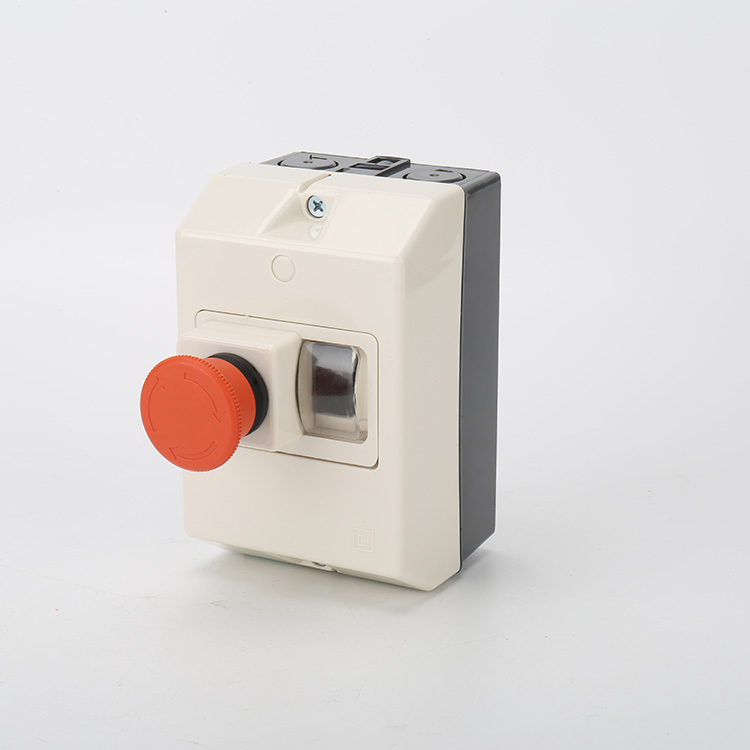Low Voltage Electrical AC Motor Protection Circuit Breaker
Elevate your electrical systems with Saide® as your reliable suppliers of Low Voltage Electrical AC Motor Protection Circuit Breakers. Our cutting-edge solutions ensure optimal motor protection, combining precision and reliability. Trust Saide® for superior products that meet the evolving needs of modern industries.
Send Inquiry
Model Code

Operating and Installation Conditions:
1. The installation site's altitude is typically below 2000m.
2. Ambient air temperature ranges from -5℃ to +40℃.
3. Air humidity is within 50% at +40℃, with a minimum monthly temperature of 25℃ and a maximum monthly average relative humidity of 90%.
4. Environmental pollution level is rated at 3.
5. Starter installation falls under Category II.
6. The mounting surface's inclination to the vertical plane does not exceed ±5°.
7. Rated work system includes both uninterrupted and intermittent operations.
Motor Protector Advantages:
Serving as a comprehensive safeguard for motors, the motor protector ensures a range of protections during motor operation. It encompasses functionalities such as monitoring motor start duration, detecting over-current and under-current conditions, identifying locked-rotor instances, addressing phase and short circuit issues, managing overvoltage and undervoltage scenarios, detecting electric leakage (ground faults), handling three-phase imbalances, monitoring overheating, tracking bearing wear, identifying rotor eccentricity, responding to external faults, managing start-up calls, implementing time-based restrictions, and issuing alarms or activating protective measures. The motor protector acts as an all-encompassing guardian, overseeing various aspects to optimize motor performance and ensure operational safety.
Understanding Motor Protection Circuit Breakers (MPCBs):
A Motor Protection Circuit Breaker, abbreviated as MPCB, is an electromechanical device designed for three crucial roles in safeguarding electric motors. Acting upstream of the motor, it provides isolation, protects against overload and short circuits, and controls the motor's operation (on/off).
During instances of overload or short circuits, the MPCB autonomously disconnects the circuit. Internal contacts link the power supply line to the load. A built-in coil identifies short-circuit currents, characterized by high or very high current values. Simultaneously, a heat-sensitive element on the bimetal detects overcurrent, which refers to current values slightly surpassing the nominal level, posing a threat to the motor. Upon detecting overcurrent, the coil or bimetal initiates the opening of the contacts, ensuring prompt protection against potential motor damage.





















